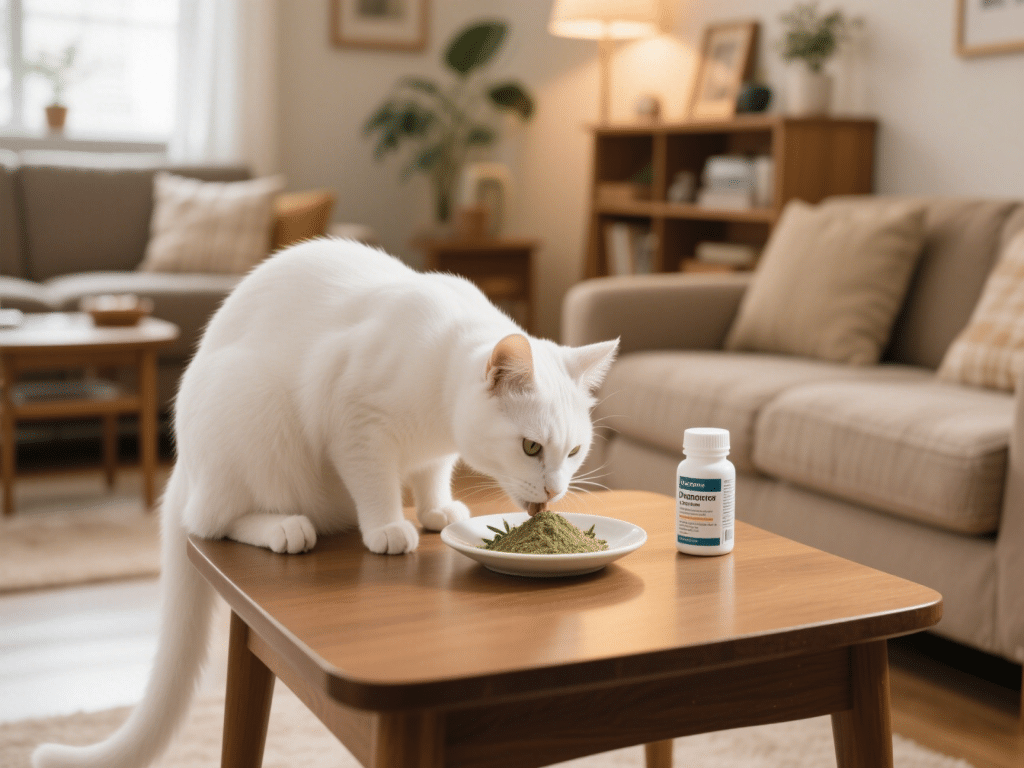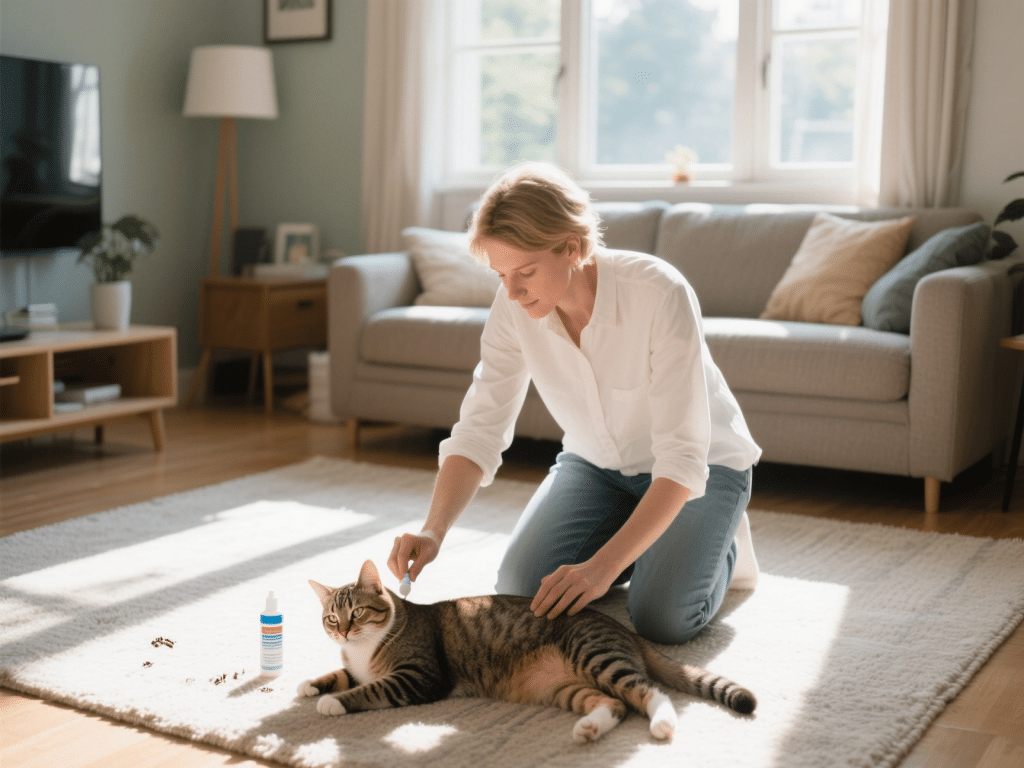
Flea allergy dermatitis (FAD) is one of the most common skin disorders in dogs, affecting up to 50% of canines at some point in their lives¹. FAD arises from an allergic reaction to flea saliva, leading to intense itching, hair loss, and secondary infections. As a board-certified veterinary dermatologist with over 12 years of experience, I’ve developed a holistic management plan that combines environmental control, nutritional support, and targeted treatments to keep FAD at bay.
Why Holistic Management?
Traditional single-therapy approaches—like topical spot-ons alone—often fail to address the underlying inflammatory cascade and environmental reservoirs. A multifaceted protocol provides more comprehensive, long-term control, reducing flare-ups and reliance on harsh chemicals.
1. Immediate Flea Eradication
Oral Isoxazoline Class: Products like fluralaner or afoxolaner offer rapid kill of adult fleas and sustained protection for 12 weeks².
Topical Insect Growth Regulators (IGRs): Methoprene or pyriproxyfen prevent flea eggs from hatching in your pet’s environment.
2. Environmental Control
Thorough Home Treatment: Vacuum carpets, upholstery, and cracks daily for two weeks. Use a spray containing an IGR to disrupt the flea life cycle in carpets and pet bedding.
Yard Maintenance: Mow lawns regularly and remove debris where fleas thrive. Consider nematode treatments in shaded areas to biologically control larvae.
3. Nutritional Support
Omega-3 Fatty Acids: EPA and DHA reduce skin inflammation. I recommend 75–100 mg combined EPA/DHA per 10 lbs body weight daily.
Quercetin & Bromelain: Natural antihistamines that inhibit inflammatory mediators. Dose quercetin at 10 mg/kg twice daily with meals³.
4. Topical & Systemic Anti-Inflammatories
Corticosteroids: Short courses of prednisolone (0.5–1 mg/kg/day) rapidly control severe itching but minimize duration to avoid side effects.
Oclacitinib (Apoquel): A JAK inhibitor that selectively blocks itching pathways; ideal for long-term itch control without steroid side effects⁴.
5. Skin Barrier Enhancement
Medicated Shampoos & Sprays: Bathing with ceramide-enriched, oatmeal-based shampoos twice weekly restores lipid barrier function.
Topical Emollients: Spray-on ceramide and fatty-acid lotions can be used between baths to soothe and moisturize.
6. Monitoring & Maintenance
Bi-Monthly Check-Ins: Reassess flea counts, skin condition, and adjust treatments seasonally.
Owner Education: Teach family members to recognize early signs of FAD—small red bumps, customer shakes, or chewing at the base of the tail.
Case Example:
Bella, a 5-year-old Cocker Spaniel, suffered chronic hot spots and alopecia secondary to FAD. After initiating fluralaner treatment, environmental sprays with pyriproxyfen, and dietary omega-3 supplementation, Bella’s pruritus score dropped by 80% in three weeks. Follow-up at six months showed complete hair regrowth and no new lesions.
When to Seek Specialist Care
Persistent or worsening lesions despite strict flea control may indicate secondary infections (bacterial or yeast) requiring culture and targeted antibiotics or antifungals. Referral to a veterinary dermatologist ensures advanced diagnostics like skin cytology and allergy testing.
Conclusion
Flea allergy dermatitis need not derail your dog’s quality of life. A holistic approach—targeting fleas at every life stage, calming inflammation nutritionally and medically, and restoring skin integrity—yields the best outcomes. With diligent home and veterinary collaboration, you can keep FAD flare-ups to a minimum and your dog itch-free year-round.










